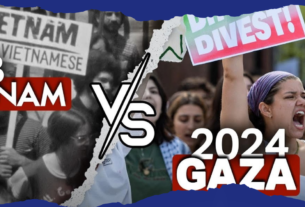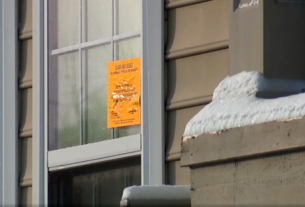Russia has outlined a list of demands to the United States as part of a potential agreement to end the war in Ukraine and reset diplomatic relations. Discussions between Russian and U.S. officials have been ongoing for weeks, both in person and virtually, according to sources familiar with the matter.
The specifics of Russia’s demands remain unclear, but they are believed to be similar to previous conditions set for Ukraine, NATO, and the West. Moscow has consistently pushed for guarantees that Ukraine will never join NATO, along with restrictions on foreign troop deployments in the country. Another key demand is international recognition of Russia’s control over Crimea and four Ukrainian regions it claimed as its own.
Russia’s Demands and Strategic Goals
The Kremlin has long argued that NATO’s expansion toward Russia’s borders is a key factor behind the conflict. In past negotiations, Moscow has called for Western security guarantees that would limit U.S. and NATO military influence in Eastern Europe and Central Asia. These demands are now once again at the center of Russia’s discussions with Washington.
Despite these diplomatic efforts, it remains uncertain whether Russian President Vladimir Putin is genuinely open to peace talks. While Ukraine’s President Volodymyr Zelensky has signaled a willingness to consider a 30-day ceasefire as a first step toward negotiations, there has been no official response from Moscow.
Trump Administration’s Role in Negotiations
U.S. President Donald Trump is awaiting Putin’s response regarding the ceasefire proposal, but his administration has not yet revealed a clear plan for its talks with Moscow. Current discussions appear to be split into two areas: one focused on re-establishing U.S.-Russia relations and another centered on a Ukraine peace agreement.
Within the Trump administration, there is division over how to approach the situation. Some officials view past negotiations, such as the 2022 Istanbul agreement, as a potential roadmap for peace. That proposal included Ukraine giving up its NATO ambitions and remaining permanently neutral. However, others argue that a completely new strategy is needed, as the conditions of the war have changed significantly since then.
Russia’s Longstanding Security Demands
Russia’s latest demands are not new. Moscow has spent decades pushing for agreements that would limit Western military presence in Europe. In the months leading up to the invasion of Ukraine, Russian and U.S. officials engaged in multiple rounds of negotiations, with Russia demanding restrictions on NATO military exercises and missile deployments near its borders.
Despite some diplomatic engagement from the Biden administration at the time, those talks ultimately failed, and Russia launched its full-scale invasion on February 24, 2022. The latest discussions suggest that Moscow is still seeking the same concessions it has pursued for years—an indication that it is using negotiations to strengthen its position rather than to seek compromise.
Concerns Over Russia’s True Intentions
Experts remain skeptical about Russia’s willingness to negotiate in good faith. Some argue that Putin’s demands are more about reshaping European security in his favor than achieving a fair peace deal. If the U.S. were to agree to Russia’s terms, it could significantly weaken NATO’s influence in Eastern Europe and allow Moscow to expand its power further.
“There’s no real evidence that Russia is ready to make meaningful concessions,” said Angela Stent, a senior fellow at the Brookings Institution and a former U.S. intelligence analyst. “Their demands haven’t changed, which suggests they are not truly interested in peace—only in dictating the terms of Ukraine’s surrender.”
What Comes Next?
The road to a peace deal remains uncertain, with no clear timeline for official negotiations. While diplomatic discussions are ongoing, skepticism remains about whether Russia is truly committed to ending the war.
For now, Ukraine continues to fight for its sovereignty, while the U.S. and its allies carefully navigate a fragile diplomatic path. The coming weeks will determine whether real progress can be made—or if Russia’s demands are simply a tactic to stall while it prepares for further conflict.




